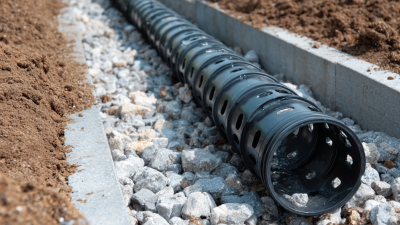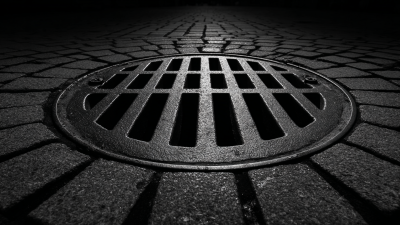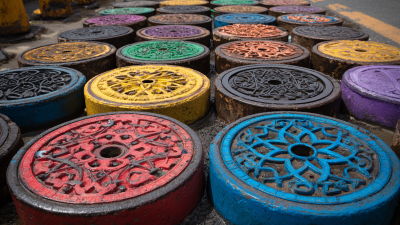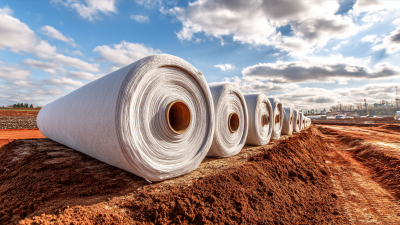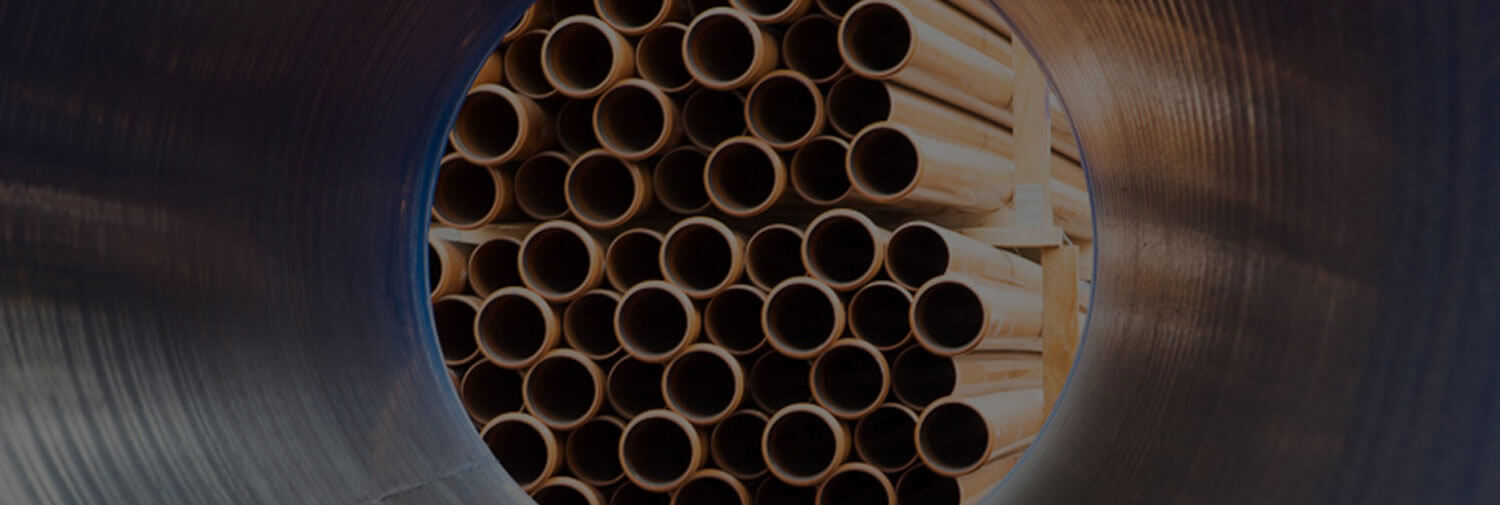

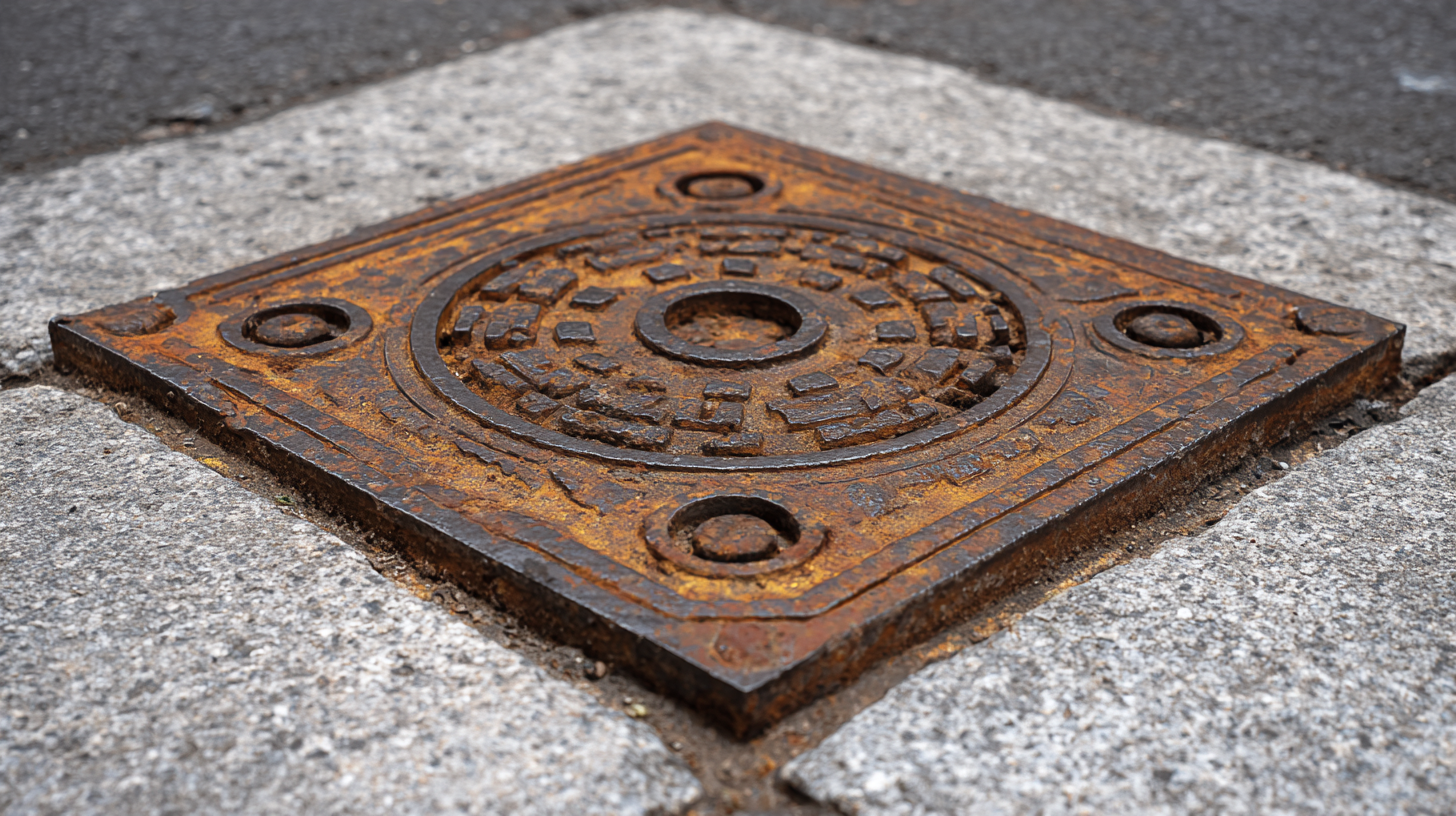 Manhole covers and frames play a crucial role in urban infrastructure,
serving not only as functional access points to underground utilities but also as vital components of
city aesthetics and safety. The fascinating history and evolution of these
seemingly mundane objects offer insight into their engineering innovations and cultural significance.
From their humble beginnings in ancient civilizations to modern designs that reflect local heritage,
manhole covers have transformed over time, incorporating advancements in materials and technology.
This article explores the various aspects of manhole covers and frames, including their design variations,
manufacturing processes, and the integral role they play in urban planning and maintenance. By understanding
the importance of manhole covers, we appreciate their contribution to the functionality and appearance of our cities.
Manhole covers and frames play a crucial role in urban infrastructure,
serving not only as functional access points to underground utilities but also as vital components of
city aesthetics and safety. The fascinating history and evolution of these
seemingly mundane objects offer insight into their engineering innovations and cultural significance.
From their humble beginnings in ancient civilizations to modern designs that reflect local heritage,
manhole covers have transformed over time, incorporating advancements in materials and technology.
This article explores the various aspects of manhole covers and frames, including their design variations,
manufacturing processes, and the integral role they play in urban planning and maintenance. By understanding
the importance of manhole covers, we appreciate their contribution to the functionality and appearance of our cities.
Manhole covers, often overlooked, have a rich history that reflects the urban evolution and the industrial advancements of cities. Originating in the early 19th century, manhole covers were essential for gaining access to underground infrastructure, such as sewers and utility lines. A recent highlight from Vancouver featured a manhole cover marked “CPR,” believed to date back to the 1890s, showcasing how these functional items can also serve as historical artifacts, capturing a snapshot of city's past and its development over time.
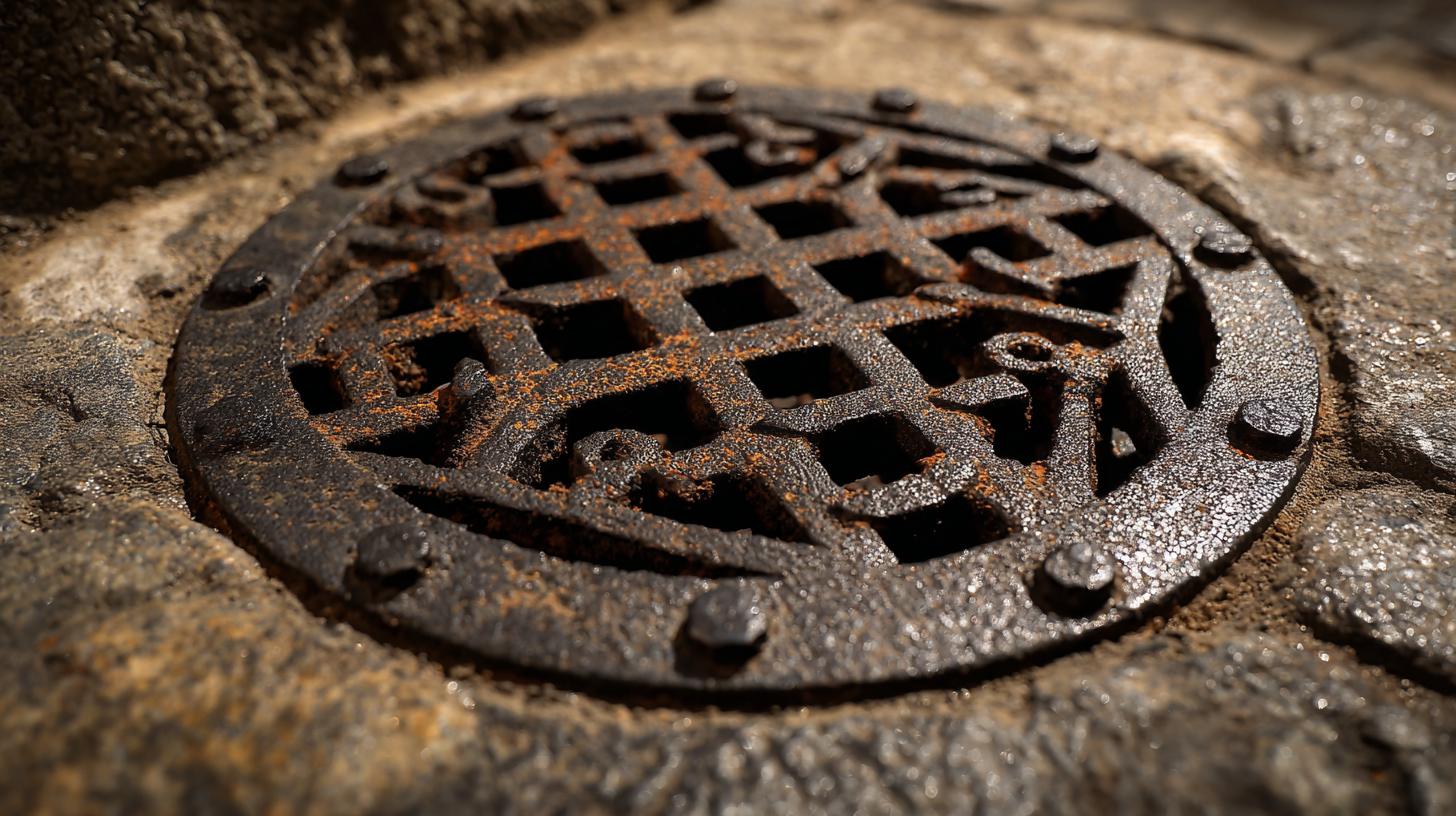
Beyond their practical purpose, manhole covers can be seen as reflective of societal progress and artistic expression. In New York City, for instance, it has been estimated that there are over 800,000 manhole covers, each one representing not only the engineering ingenuity of its time but also local craftsmanship. Acknowledging the historical significance of these covers encourages a deeper appreciation of urban infrastructure. As recent discussions around the general aesthetics of city streets have emerged, viewing manhole covers as "street jewelry" highlights their role in enhancing the urban landscape, contributing to both the functionality and the identity of the spaces they inhabit.
The evolution of manhole cover construction is a testament to advancements in materials and designs that have enhanced urban infrastructure. Originally made from wood or stone, historical manhole covers were often rudimentary and prone to wear and tear. As cities grew and infrastructure became more sophisticated, the need for durable materials became apparent. In the late 19th century, cast iron emerged as the primary material for manhole covers due to its strength, resistance to corrosion, and ability to bear heavy loads. This transition marked a pivotal moment, providing a more robust solution for metropolitan areas.

In addition to material improvements, the designs of manhole covers have also undergone significant changes over the years. Modern covers are not only functional but also aesthetically pleasing, often featuring intricate patterns or local insignias, contributing to the city's identity. Some cities have even embraced innovation by using materials such as composite plastics, which are lighter and resistant to rust.
Furthermore, advancements in engineering have led to designs that prevent covers from being dislodged, enhancing safety on urban roads. This mix of functionality and artistry reflects the critical role manhole covers play in maintaining urban infrastructure while also adding character to the streetscapes.
Manhole covers play a crucial role in modern urban infrastructure, serving as essential access points to underground utility systems such as sewer lines, electrical conduits, and telecommunications networks. According to the American Society of Civil Engineers (ASCE), approximately 70% of urban infrastructure is located underground, making the integrity and accessibility of these covers vital for city management and maintenance. The design and materials used for manhole covers have evolved significantly over the years, with modern covers typically made from materials such as ductile iron or reinforced concrete, which offer both strength and durability.
Beyond functionality, manhole covers contribute to urban aesthetics and public safety. Many cities have begun to incorporate artistic designs or custom logos on manhole covers, transforming them into functional art pieces that enhance the streetscape. The National Association of Sewer Exuberance (NASE) reported that well-maintained and visually appealing manhole covers can improve community pride and encourage local engagement. Furthermore, effective sealing mechanisms on manhole covers prevent hazardous materials from leaking out, thus playing a part in environmental protection and public health, underscoring their multifaceted importance in urban development.
Manhole covers play a crucial role in urban infrastructure by ensuring the safety and accessibility of our streets. With recent reports highlighting the dangerous condition of manhole covers in Boston, it's clear that maintaining these essential components is vital for public safety. Cracked and wobbly covers can pose serious hazards to pedestrians and vehicles alike, which is why the state's new initiative aims to address these issues promptly.
To effectively maintain manhole covers, here are some best practices:
- **Regular Inspections**: Conduct routine checks to identify any signs of wear and tear. Early detection of issues such as cracks or looseness can prevent larger problems down the line.
- **Proper Installation and Securing**: Ensure that manhole covers are correctly installed and secured to withstand environmental factors and heavy traffic. Using the appropriate materials is essential for durability.
- **Community Awareness**: Educate the public on how to report damaged or unsafe manhole covers. Encouraging community involvement can help municipal authorities respond more swiftly to these safety concerns.
By implementing these tips, urban areas can enhance the safety and functionality of their infrastructure, ultimately leading to more accessible and secure environments for everyone.
This chart illustrates the evolution of manhole cover materials and their safety ratings over decades. It highlights the transition from traditional cast iron to modern composite materials, showcasing the improvement in safety and accessibility.
Manhole covers, often seen merely as utilitarian objects, have evolved into striking pieces of art found in urban landscapes globally. Cities like Tokyo, Paris, and New York have embraced the aesthetic potential of these covers, transforming them into colorful canvases that reflect local culture and history. According to a recent industry report, about 30% of cities in the U.S. are now incorporating artistic designs into manhole covers, enriching the public space while also enhancing community identity.
Creating artistic manhole covers not only beautifies cities but also fosters engagement between residents and their environment. An interesting trend is the emergence of collaborations between local artists and city planners. By involving artists in the design process, cities can create unique covers that tell stories and promote civic pride. Additionally, incorporating public art into urban infrastructure has been shown to increase foot traffic, boost local businesses, and improve community relations.
Tips:
When designing or choosing an artistic manhole cover, consider the surrounding environment and local history for inspiration. Collaborating with local artists can yield designs that resonate deeply with community values. Always ensure that the materials used are durable and compliant with safety regulations to guarantee longevity and functionality without sacrificing aesthetics.

